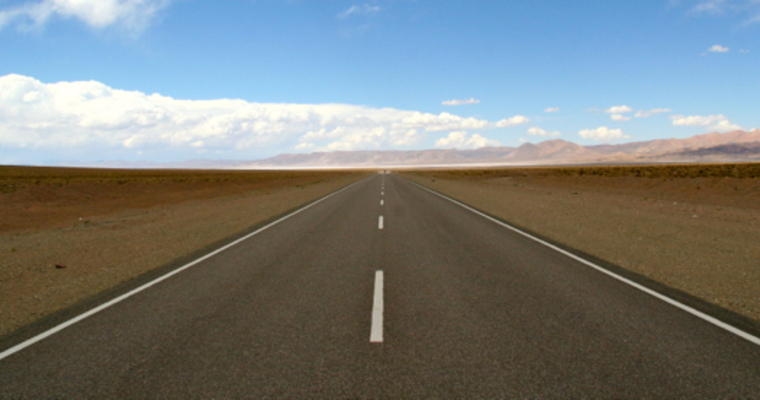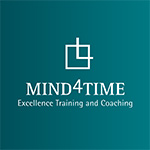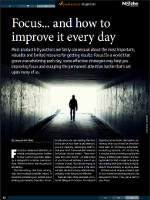Communication responsiveness vs productivity
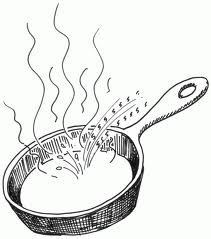 ob. Maybe your "communicators" are happy to reach you easily and get very quick replies to their e-mails but sooner or later they will be unhappy if the work itself is not timely delivered. You may then even fall in the trap of further communicating to manage crisis... more people involved, more justification calls, more cc's messages, more emergency-meetings... In some cases, this could be like putting water in burning oil.
ob. Maybe your "communicators" are happy to reach you easily and get very quick replies to their e-mails but sooner or later they will be unhappy if the work itself is not timely delivered. You may then even fall in the trap of further communicating to manage crisis... more people involved, more justification calls, more cc's messages, more emergency-meetings... In some cases, this could be like putting water in burning oil.Some quick tips on communication responsiveness
Too much emergency communication tends to be a clue for lack of planning.
Too much communication as a hole tends to be a clue for unclear responsabilities (and/or inefficient status reporting).
If you think you receive too many e-mails, consider sending less, or responding slower (on average, one receives about 2-3 times the number of messages one sends) - just stop feeding the fire.
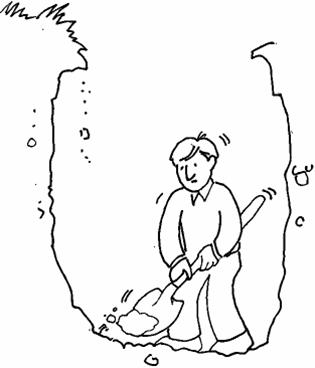
Busy-ness vs productivity
Focus as Awareness
A final comment on Focus. If you are tranquil, and your mind thinks of nothing else, your walk in the park is different. You connect in a wider and more complete way. Like neuro-biologist Carol Shively said: "the grass hits us greener (...) and you're 10 times more aware of every single sensation". Your communication gets richer, you think faster and better. You feel more, you live more, you are more aware! Take awareness as an important achievement factor! Build trust in your choices and surrender yourself more to each moment...
Focus will ultimately depend on how sure you are that you're doing what you're supposed to, whether it's addressing a report or playing with your cat. Build that trust and grow tranquility and awareness as a fundamental state of well-being.
FOCUS TOP 5 STRATEGIES
1. Improve safety of choice
Keep a good collection of what you are not doing, building trust on each moment's bet. It always takes a final leap of faith, even some bravery, to dive into whatever you choose, forgetting everything else for a bit.
2. Pace new inputs evaluation
New demands will weaken the trust of your choice and make you reassess options again. Keep them paced, with some kind of rhythm, like traffic lights, holding them outside your world until you are ready for more. Turn off any kind of e-mail alerts, checking it fewer times and at more regular intervals. New thoughts and concerns will also pop inside your mind, distracting you from full focus. Be attentive and write them down, to be assessed later.
3. Have a "tunnel mode"
Frequent interruptions and focus redistribution may limit your focus depth. Use at least a part of your day to deep-focus high-value activities. Allow yourself to disconnect from everything(!). Be creative: try for example scheduling meetings with yourself in hidden rooms.
4. Reduce responsiveness
Having unanswered e-mails, calls, sms's, ..., can intuitively make you feel somehow at fault. Resist it. Go for reliability instead of quickness: answer always, but in a paced fashion, specially for e-mails. Strongly discourage emergency requests by e-mail (or other "slow-paced" channels), and remember that too much emergency communication usually means lack of planning or unclear responsibilities.
5. Reduce options
Dramatically reduce options in front of you. Close windows and tabs on your pc. Remove paper documents from your desk. Hide your huge todo-list and make a quick guide for the day with max. 2 or 3 options. Be proactively in charge of narrowing focus options towards what you really want to accomplish.
I hope you've enjoyed this first chapter - FOCUS. I would love to have your comments on this...
- Did you review yourself in some examples? Which?
- What was your favourite TRICK until now?
- What obstacles make some TRICKs difficult or even impossible in your special case?
- What other TRICKs do you recommend concerning FOCUS?
Thanks for the feedback!...
Next chapter is: ACTION ORIENTED.
I'll begin with an article addressing the ergonomic distinction between deciding and executing and how that may be impacting your todo-list "doability".
Until then, try a TRICK!...
Gonçalo Gil Mata
www.WhatsTheTrick.com
NOW TRY A TRICK!...
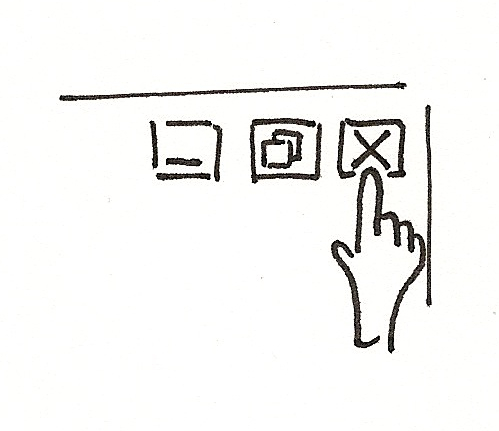
|T| Close windows - fewer visible options ...>>
see more TRICKS - vote and comment on them!

